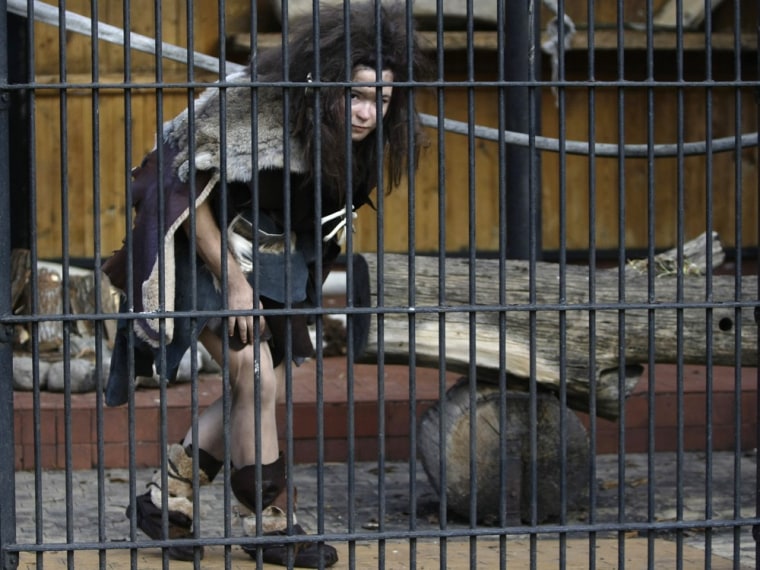Harvard geneticist George Church caused quite a stir in suggesting in a new book that we might someday be able to clone a Neanderthal baby — and although he now says his original point was lost in translation, that point is still well worth considering
Church notes that since we have fragments of Neanderthal DNA in fossils, someday it might be possible to assemble them into a complete genome that could be put into a human egg to create a cloned embryo. That embryo could be then put into a human surrogate mother, and a human relative long extinct could be brought back to life.
It is a fascinating scientific speculation. It is an ethical nightmare that should never be tried.
Trying to assemble a complete genome from fragments, even using technology that does not yet exist, would pose a huge risk that some bit of code would be missed or simply wrong. That could mean a stillborn or horribly deformed birth.
Worse, trying to clone a baby from a reconstructed genome using a human egg raises another set of safety issues, in that the Neanderthal genome might not grow properly in the setting of the contents of a human egg. Risking a deformed or dead fetus simply created only for reasons of human curiosity is not a sufficient reason to take the chance, now or ever.
Put the safety issues aside: Suppose you could clone a healthy Neanderthal baby from a reconstituted genome and a surrogate mom. Would you create someone who would flourish in our environment? What new viruses and bacteria are out their waiting to kill a child with a 30,000-year-old genome and corresponding immunity system? Native Americans found out through mass death what it was like to encounter European diseases such as smallpox and syphilis. What allergies, asthma and other debilitating diseases would assault this cloned creation?
What if the Neanderthal child was very aggressive by nature? Would it mean a life confined, or drugged, or both?
And what would life be for a cloned Neanderthal baby? Created not out of love but only as a science experiment, the child would be subject to endless inquiry and observation by doctors and scientists eager to know the past through the baby, but not especially interested in the baby for the baby’s sake.
Making Neanderthals — or, for that matter, dinosaurs or mastodons or any other ancient creature — sounds cool. But it is actually far more likely to be cruel. Cloning cannot bring back the dead or the extinct. It is neither safe enough nor ethical enough to be worth trying.
More about the ethics of cloning:
- Fixing genes using cloning is worth the risk
- Could 'Cloud Atlas' clones be in our future?
- Who cares about cloning? Debate is shifting
Arthur Caplan, Ph.D., is the head of the Division of Medical Ethics at NYU Langone Medical Center.
